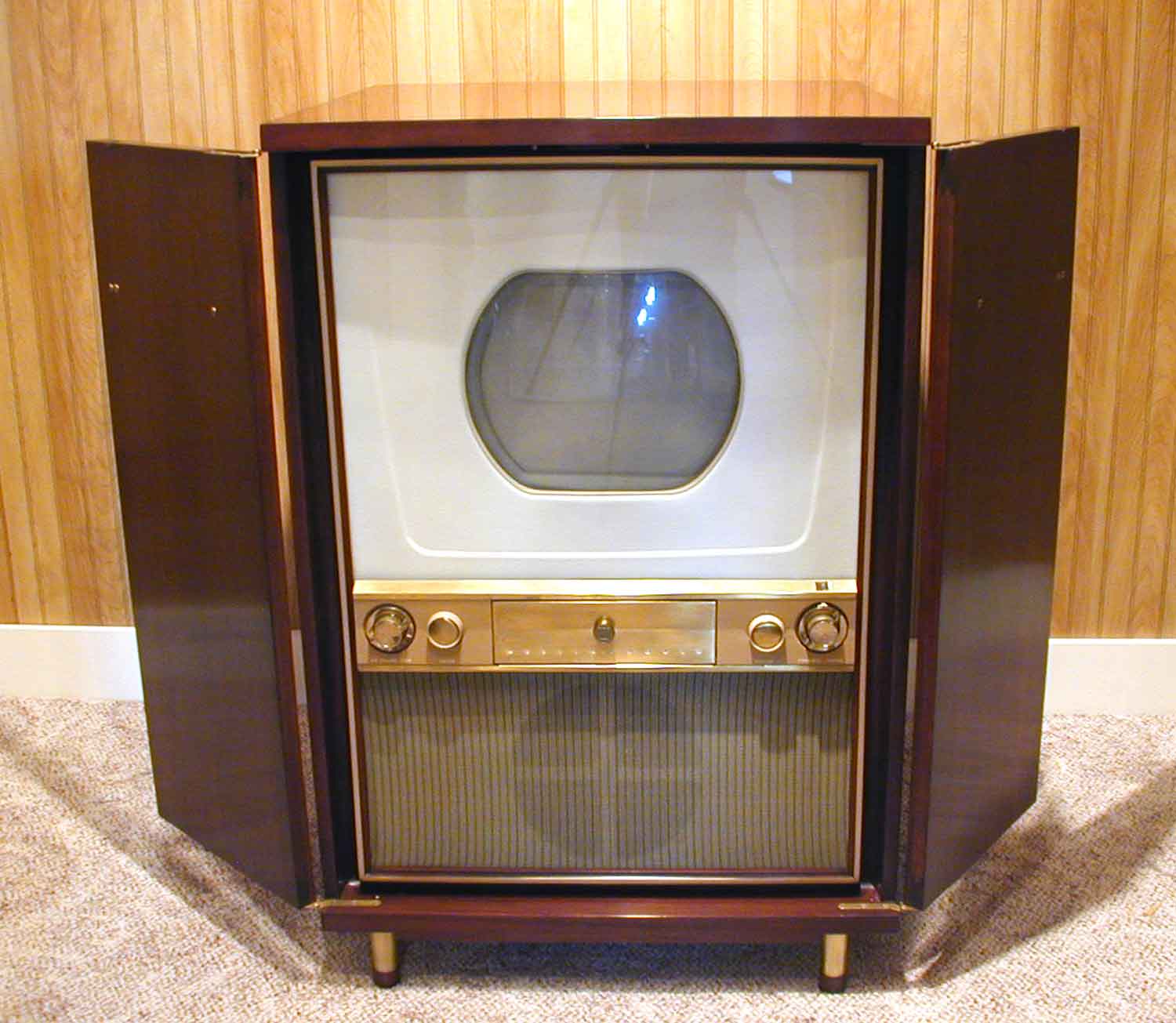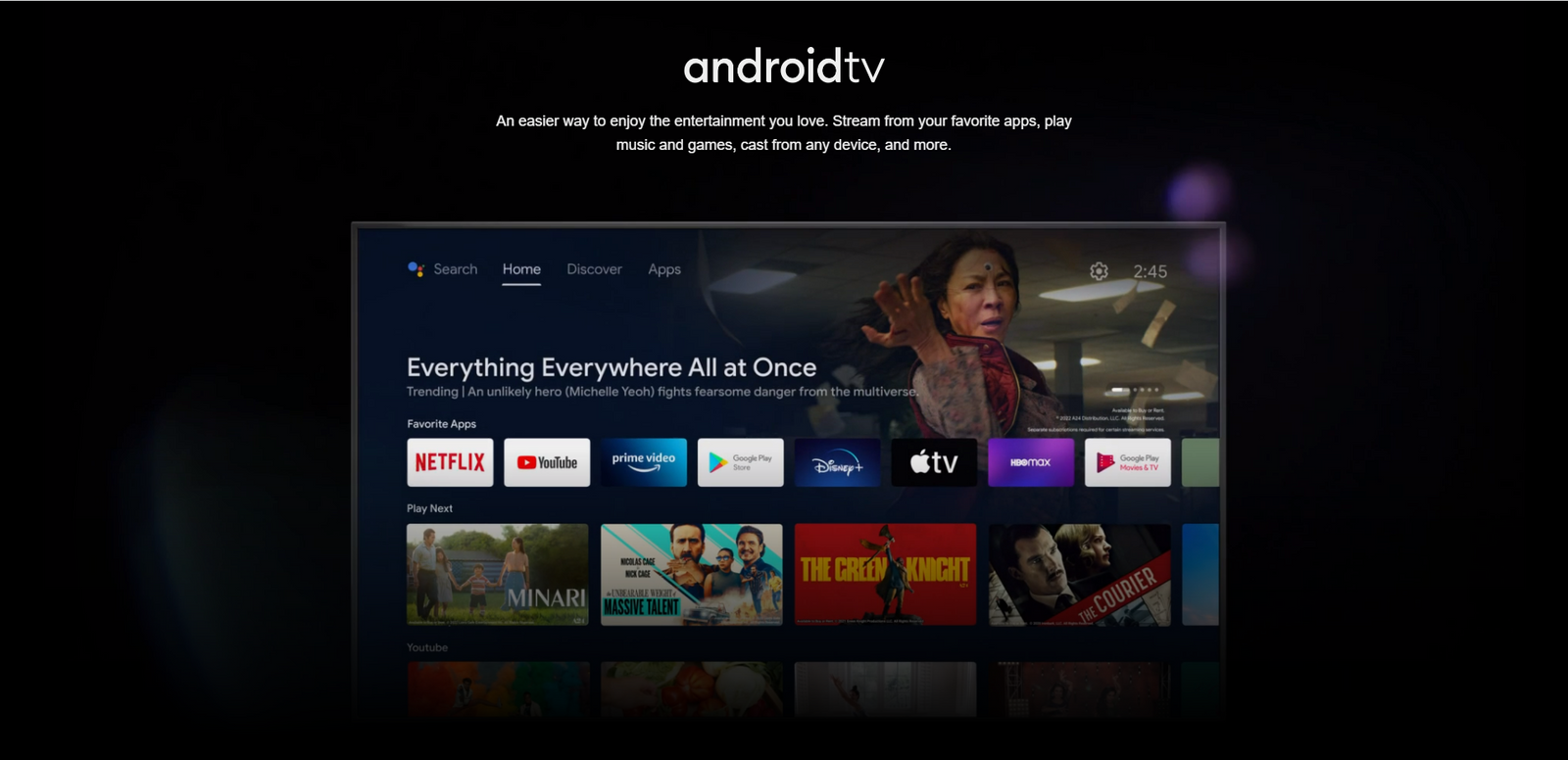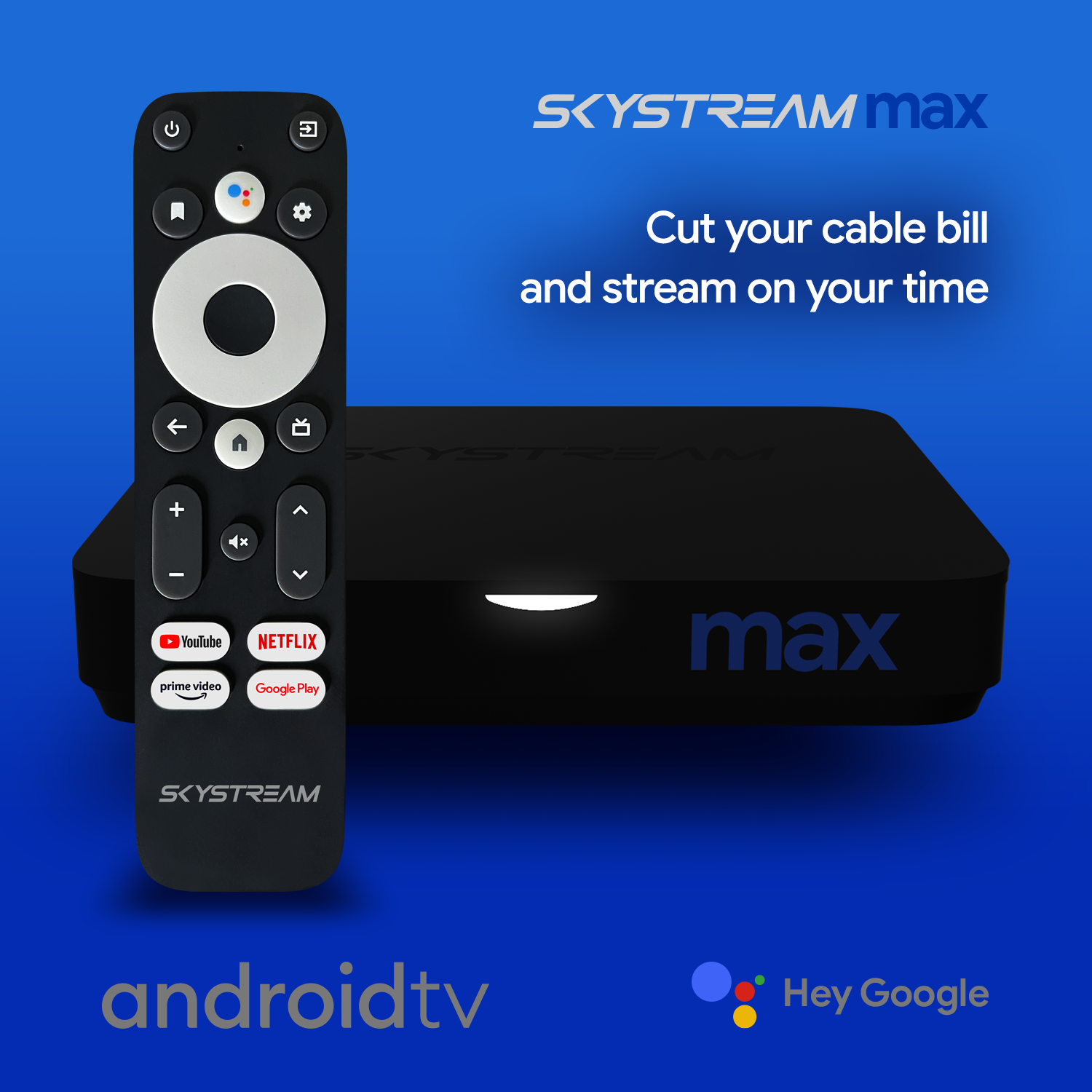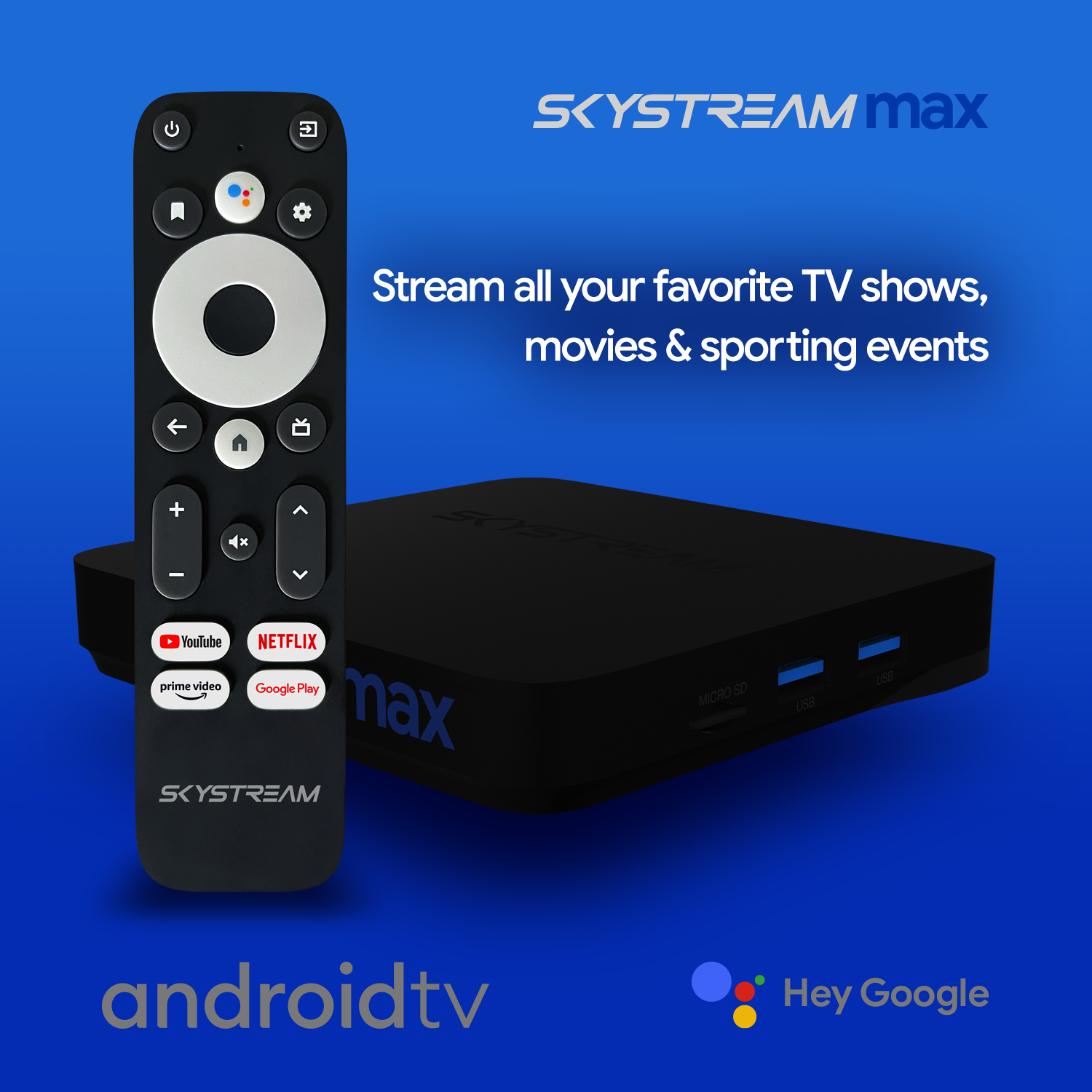In this article we are going to give a brief history of TV, when and why it became a paid service and how we are watching TV differently now.
The first regularly scheduled TV broadcast happened in 1928 in a small suburb in Washington D.C. It was a revolutionary technology that would forever change the world!
Here is a sample picture of what the TV image would have looked like in 1928.
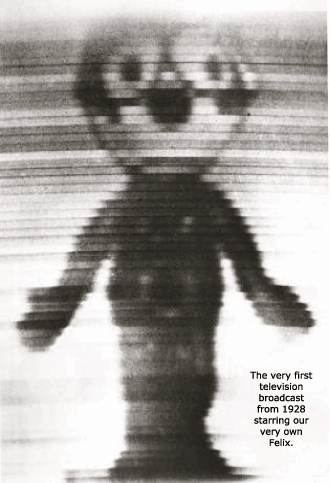
Over the next few years the resolution and technology for broadcasting TV signals improved. From 1928 to 1948 more and more TV station broadcasts were made available to consumers in larger markets. At this point in time everything was broadcast over the air and was completely free. The television stations made money by charging companies for advertising. In TV's first two decades it had an almost identical business model as today's radio business model. Put out content for free and make money from advertisers. All you needed was an antenna and a TV and you had a new form of entertainment.

Up until 1948 television broadcasts were mainly limited to large markets like New York City and other large cities. Starting at almost the same time 3 companies in Oregon, Arkansas and Pennsylvania began delivering TV broadcast channels to more rural areas of their respective state via a cable. Hence why they are now called cable companies.
The idea was very simple and started with the best intentions. Deliver TV broadcasts to parts of the country with no access to them for a small fee. If you wanted TV and did not live in or near a major city you had one option, paying for cable.

In the late 60's and early 70's some of the first exclusive channels like HBO, Nickelodeon and ESPN were created. This was a huge shift in TV. Instead of just delivering TV broadcasts from other sources to customers in areas where OTA broadcasts were not available, the cable companies were actually creating content. As to be expected this additional content caused the prices to go up. Towards the end of the 1970's there were 21 cable TV markets with many more soon to come.

By the 1980's cable companies had fully embraced the model of not only charging customers for the original channels they offered, but also charging you for additional channels that they added to their bundles. Not only were they making money from advertising on the channels, but also charging customers to view the channels. It is a very profitable business model. Add more channels that the customer may or may not want and charge them more money. But customers had no choice, pay for cable or not have TV. Many purists still just stuck to their Local HD Antenna, but the majority of the population was hooked on cable and forgot that they could get many free TV channels with a good antenna. Read our full article on Why a Local HD Antenna is the best value for watching TV!

We will save some time and words and just say that from the 1980's to about 2007 customers got more channels and much larger bills.
How watching TV has changed (For the better!)
Before 2007 you didn't really have many options for viewing video content. Cable or Satellite were pretty much your only options. Video streaming was in its infancy and internet speeds were much slower.
Netflix and Hulu both started offering streaming only packages in 2007. These were the first companies to offer video streaming. They charged a small fee for unlimited content viewing. This was the start of a revolution in the video viewing world. Finally there was competition in a business where competition was almost non existent.
Not only did these new streaming services give people a lower priced option for video viewing, they also changed the way people watched TV.
The old way to watch TV
Back in the day the channels you watched dictated what you watched. Whatever show that channel was playing was what you could watch. There is always other channels, but if the show or movie you wanted to watch wasn't on you were forced to watch something else.
The DVR helped with this a good amount. Being able to record a TV show or movie was a great idea. But if you forgot to record something, ran out of space or someone in your house deleted your recording you were out of luck.
People got very accustomed to turning on the TV and clicking through channels and settling on watching something. On top of watching a mediocre show because it is on, people were also subjected to annoying ads. The average amount of time ads are shown during a 1 hour show is over 15 minutes. This means that 25% of the time you are watching TV to relax, you are being bombarded with ads. That is time in your life you will never get back.
The new way to watch TV
Streaming allows people to watch what they want when they want with no ads. There is no guide that tells you when your show is on. You simply open an app Like Netflix, Hulu or Amazon Instant Video, click on your favorite show and boom it's playing on your TV. Not only is this the right way to watch TV, but with no ads you are able to watch the same amount of content in 25% less time (Or watch 25% more TV!) Streaming is cheaper, you watch whatever you want when you want to watch it and there are no ads. But there is a catch.
Adjusting from live TV to streaming
As we mentioned earlier people have been mindlessly clicking through channels for almost 90 years. They have not had to really decide exactly what they want to watch. They were given a selection to choose from and settled on something.
With streaming you can still scroll through apps like Netflix and find something you want to watch which is kind of like channel surfing. But you can also type exactly what you want into the search bar, click on the show or movie and start watching.
Having to make a conscious decision as to what you want to watch gives some people what we call "Streaming Paralysis." Now that they have instant access to so much amazing content, they can't decide what to watch. Luckily you can search Google for new shows, you can use an app like Trakt that keeps track of your shows. There many other ways that you can decide on what to watch. After a day or two your streaming paralysis will be gone and you will have taken charge of your TV viewing.
Are you ready to take control of your TV viewing, watch more and pay less?
If you answered with a yes we have the perfect package for you. Our Skystream Cord Cutting Package comes with the most advanced Streaming device ever created (The Skystream TWO), A state of the art air mouse with back lighting and a qwerty keyboard, both of these items are paired with a top of the line Mohu local HD antenna. This package gives you the power of streaming with free HD local channels. It really is the best of both worlds.

